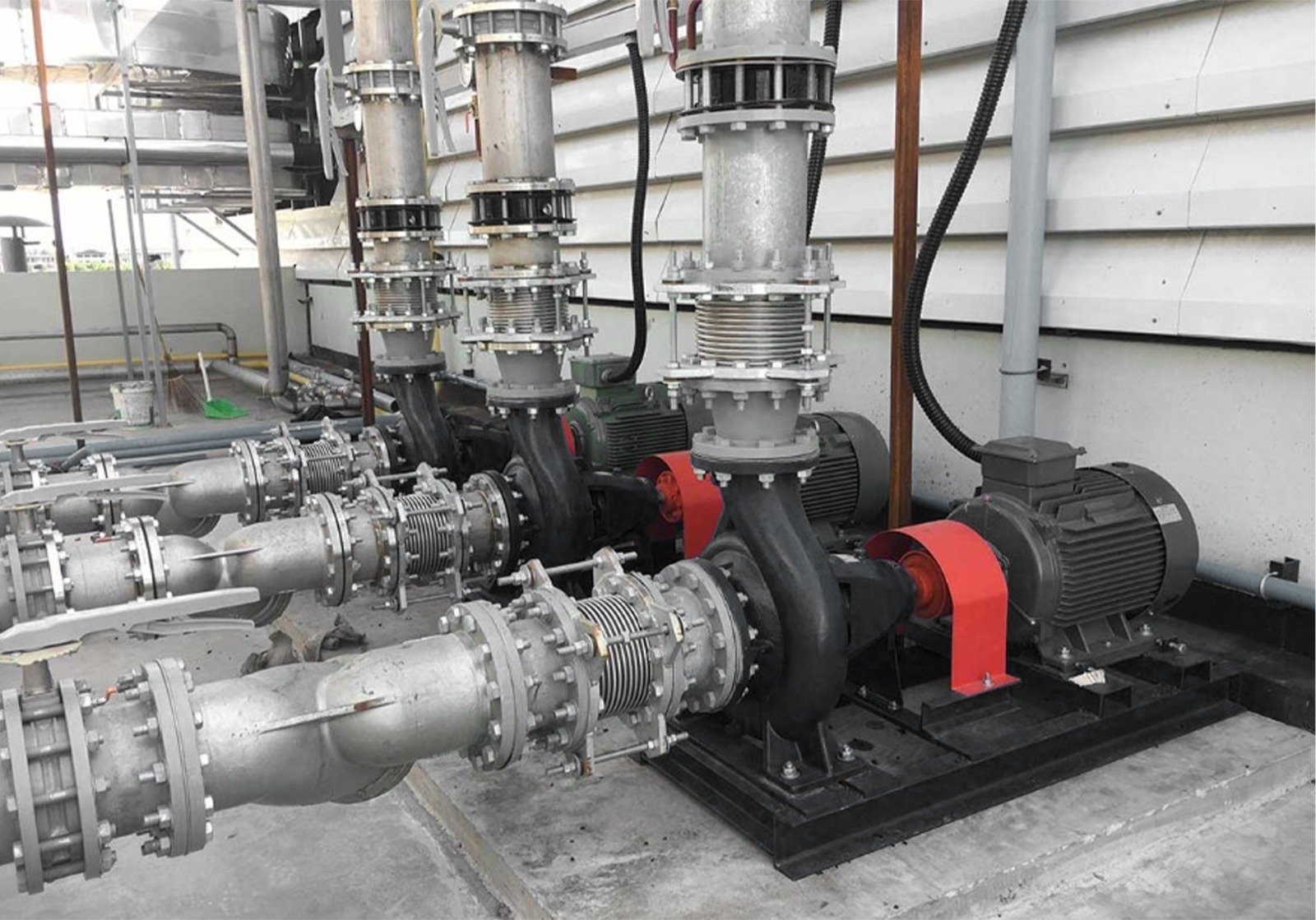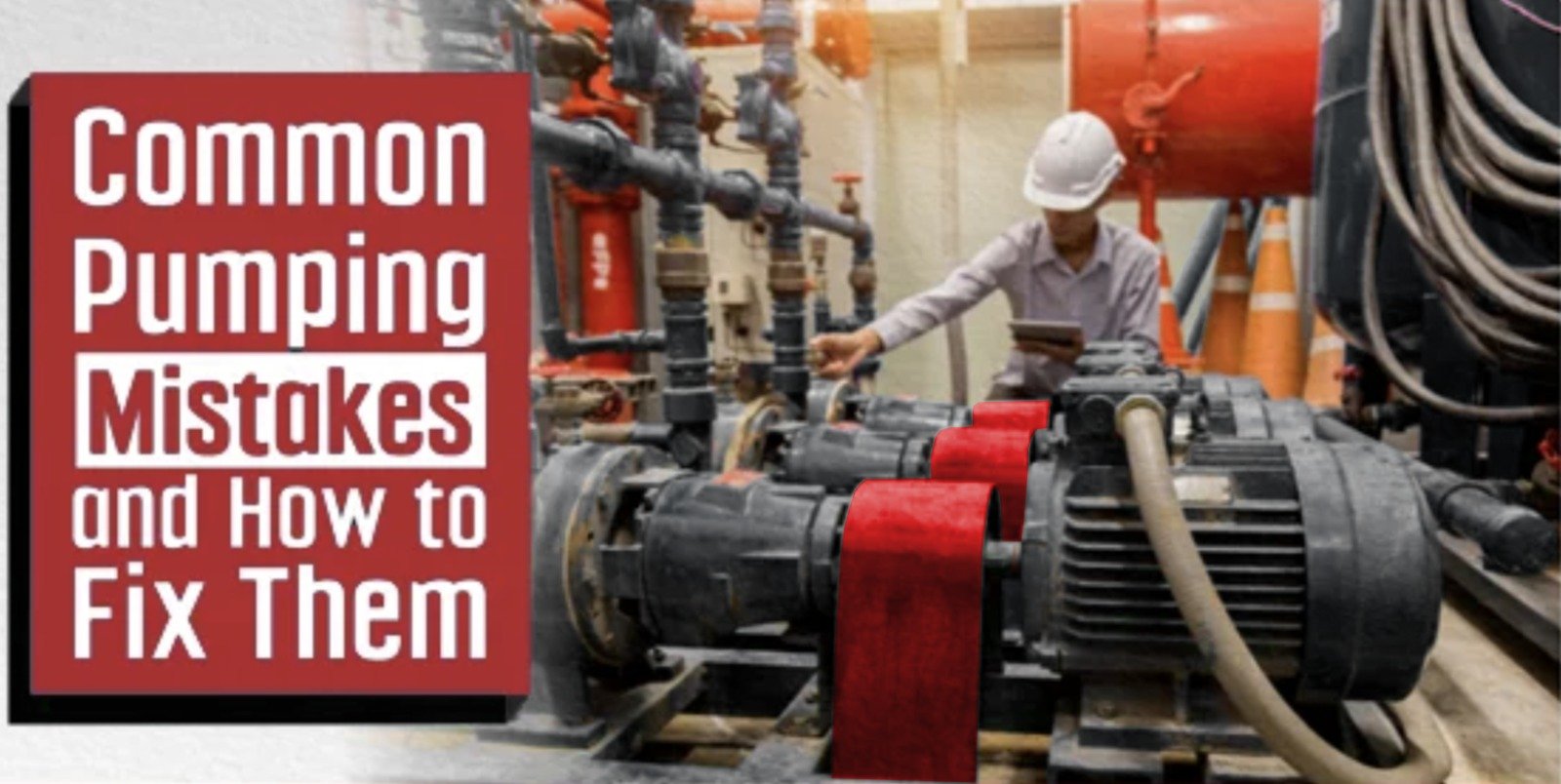Analysis of Pump Failures
Advanced Engineering Analysis of Pump Failures – Insights from 20 Years of Field Expertise
This document synthesizes decades of empirical observations, diagnostic evaluations, and solution implementations across industrial, municipal, and infrastructure-scale pumping systems. We will examine mechanical, hydraulic, electrical, operational, and environmental failures in detail, supported …
1. Advanced Mechanical Failures
- Resonant Vibration Amplification:
Resonance occurs when the system’s natural frequency aligns with operational or external excitation frequencies, causing an exponential increase in amplitude. This leads to bearing disintegration, shaft cracking, or frame detachment. Real-time vibration analysis is critical to detect and mitigate this risk. - Asymmetric Bearing Wear:
Typically caused by axial misalignment or differential thermal expansion in mounting plates, resulting in uneven heat zones and degraded bearing lifespan. Infrared thermography is instrumental in identifying such wear before failure.
2. Advanced Hydraulic Failure Modes
- High-Speed Micro-Cavitation:
This phenomenon involves the rapid formation and implosion of microscopic vapor bubbles that produce localized shock waves. These shock waves can reach pressures exceeding 50,000 Pascals, directly eroding impeller root surfaces and leading to catastrophic erosion. - Internal Recirculation Vortices:
Poor inlet geometry or excessive NPSHr margins can lead to flow separation and formation of vortices. These internal recirculations create turbulence and impeller edge degradation due to reverse hydraulic flow.
Chart 1: Distribution of Pump Failures by Type

3. Predictive Diagnostics and Smart Monitoring
- Deployment of MEMS sensors for ultra-precision vibration tracking and FFT-based signal analytics.
- Machine learning algorithms embedded in SCADA systems to evaluate real-time anomalies against historical operational baselines.
- Integration of thermal, vibrational, and acoustic sensors to triangulate failure precursors using edge computing modules.
Conclusion & Engineering Recommendations
Mitigating pump failures requires a deep interdisciplinary understanding of electromechanical dynamics, hydraulic transient behavior, and materials science. Modern pump maintenance strategies must transcend reactive maintenance and embrace predictive analytics, sensor fusion, and AI-based anomaly detection. Engineers are advised to deploy redundant sensors, log real-time parameters, and establish threshold-based alerts using intelligent supervisory control systems.




